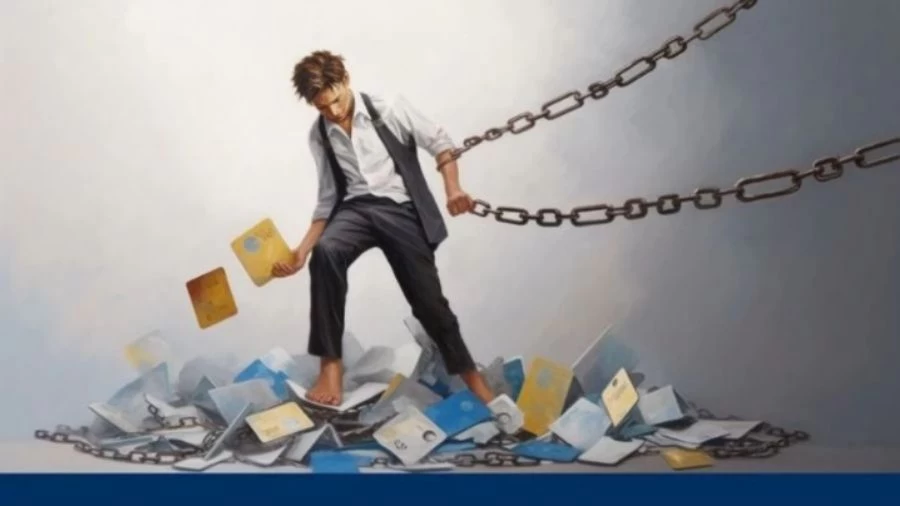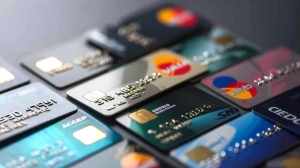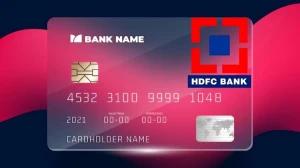
- Home »
- Credit Card »
- How to Get Out of Credit Card Debt? Steps To Pay Off Credit Card Debt
How to Get Out of Credit Card Debt? Steps To Pay Off Credit Card Debt
To get out of credit card debt, create a budget to track expenses, allocate extra funds for debt payments, and consider debt consolidation or negotiating lower interest rates to accelerate repayment.
by Sai V
Published Jul 29, 2023 | Updated Nov 29, 2023 | 📖 5 min read
How to Get Out of Credit Card Debt?
Credit card debt represents a form of high-interest revolving debt, allowing consumers to borrow up to a predetermined limit each month. While it can serve as a useful safety net during unforeseen financial emergencies, mishandling credit card usage may result in a perilous cycle of excessive spending and accumulating interest.
To steer clear of the pitfalls associated with credit cards, adopt several key practices. Timely monthly payments not only contribute to building a positive credit score but also prevent incurring late payment fees and interest rate hikes that can transform manageable debt into an overwhelming burden.
Additionally, maintaining financial accountability involves adhering to a budget, ensuring that credit card purchases align with your ability to pay off the balance in full by the end of the month. Essentially, treat your credit card as you would a debit card to sidestep potential financial pitfalls.
Steps To Pay Off Credit Card Debt
Navigating the challenges of credit card debt requires a strategic approach. Explore these key steps to liberate yourself from the burdens of outstanding balances, ranging from crafting effective repayment strategies to considering consolidation options and seeking negotiation with creditors. With these steps, you can pave the way to financial recovery and debt-free living.
Develop a Repayment Strategy
Ensure timely and complete payments each month to avoid late fees and interest rate hikes. Craft a specific plan of action, utilizing debt repayment strategies such as the debt snowball or debt avalanche methods.
Explore Debt Consolidation Options
Simplify your financial situation by consolidating debts into a single monthly payment. This can streamline payment management and, if accompanied by a lower interest rate, reduce the overall amount paid over time.
Negotiate with Creditors for Solutions
If facing financial challenges, negotiate with creditors for potential solutions. They may offer reduced monthly payments, lowered interest rates, or forbearance programs to facilitate smoother debt repayment.
Seek Assistance from Third Parties
Consult with your creditor for recommendations on credit counseling firms or other resources for effective debt management. In extreme cases, consider engaging a debt settlement attorney to negotiate with creditors, while keeping in mind the potential impact on your credit score.
Utilize Balance Transfer Credit Cards
Overcome high-interest rates by leveraging balance transfer credit cards. These cards allow the consolidation of debt from multiple sources into a single card, often offering an initial 0 percent APR period for up to 21 months, providing an interest-free window to focus on reducing your balance.
What is the Definition of Credit Card Debt?
Credit card debt is a common financial predicament that many individuals face when they accrue balances on their credit cards by borrowing against their predetermined credit limit. This type of debt comes with high-interest rates, often making it challenging for cardholders to pay off their outstanding balances. The allure of credit cards lies in their convenience, but the downside is the potential for accumulating debt, especially when users carry over balances from month to month.
Responsible financial management is crucial to avoid falling into the cycle of credit card debt. This includes making timely payments, understanding the terms and conditions of credit cards, and creating a realistic budget. By using credit cards judiciously and paying off balances in full each month, individuals can enjoy the benefits of credit without succumbing to the burden of accumulating debt and the associated interest charges.
MarketsHost presents an all-encompassing exploration of Credit Cards, offering an exclusive gateway to the realm of smart financial management and secure transactions.
Why is It Important to Check Your Credit History?
Checking your credit history and credit scores is crucial for maintaining a healthy financial standing. It provides insight into your current credit position, allowing you to be aware of how lenders perceive you. Regularly reviewing your credit reports helps identify inaccuracies or incomplete information, ensuring the accuracy of your credit profile.
Given the significance of your credit history and scores in financial matters, monitoring them provides a proactive approach to managing your credit card debt and overall financial well-being.
What Are the Benefits of Credit Card Debt?
While credit card debt is generally viewed negatively, there are some benefits associated with it. Credit cards, as a form of revolving credit, provide borrowers with flexibility and convenience. The revolving credit limits offered by credit cards allow users to borrow as needed, and payments are usually more manageable than those of standard non-revolving loans.
Another advantage is the option to pay off balances, mitigating the impact of high-interest costs. Many credit cards also come with reward incentives, such as cash back or points, which users can leverage for future purchases or to offset outstanding balances. Despite the benefits, it's crucial for individuals to use credit card debt responsibly to avoid potential financial pitfalls.
What Does the Average U.S. Credit Card Debt Amount to?
The average credit card debt in the United States is approximately $7,951 per household, according to data from the Federal Reserve Bank of New York and the U.S. Census Bureau. This calculation is based on data from 2022 and 2021.
Before the onset of the coronavirus pandemic in 2019, the average credit card debt was $7,499, and it decreased to $6,209 in the first quarter of 2021. Understanding these averages provides insights into the financial landscape and the challenges that households may face in managing credit card debt.
Also Read >> Is the U.S. Credit Card Debt Exceeding $1 Trillion for the First Time?
|
Year |
Average Credit Card Debt |
|
2013 |
$5,508 |
|
2014 |
$5,645 |
|
2015 |
$5,911 |
|
2016 |
$6,282 |
|
2017 |
$6,725 |
|
2018 |
$7,016 |
|
2019 |
$7,499 |
|
2020 |
$6,612 |
|
2021 |
$6,935 |
|
2022 |
$7,951 |
How to Get Out of Credit Card Debt - FAQs
1. How can I start tackling my credit card debt?
Begin by creating a budget, cutting unnecessary expenses, and allocating extra funds to pay off high-interest debt.
2. Is consolidating my credit card debt a good idea?
Debt consolidation can simplify payments and lower interest rates, but it's crucial to compare options and consider potential fees.
3. Should I prioritize paying off high-interest or low-balance cards first?
Focus on high-interest cards first to minimize overall interest payments and accelerate debt reduction.
4. Is negotiating with credit card companies for lower interest rates possible?
Yes, it's worth negotiating for lower rates, especially if you have a good payment history; some creditors may be willing to work with you.
5. What steps can I take to avoid falling back into credit card debt?
Develop a sustainable budget, build an emergency fund, and practice responsible credit card use to prevent future debt accumulation.




